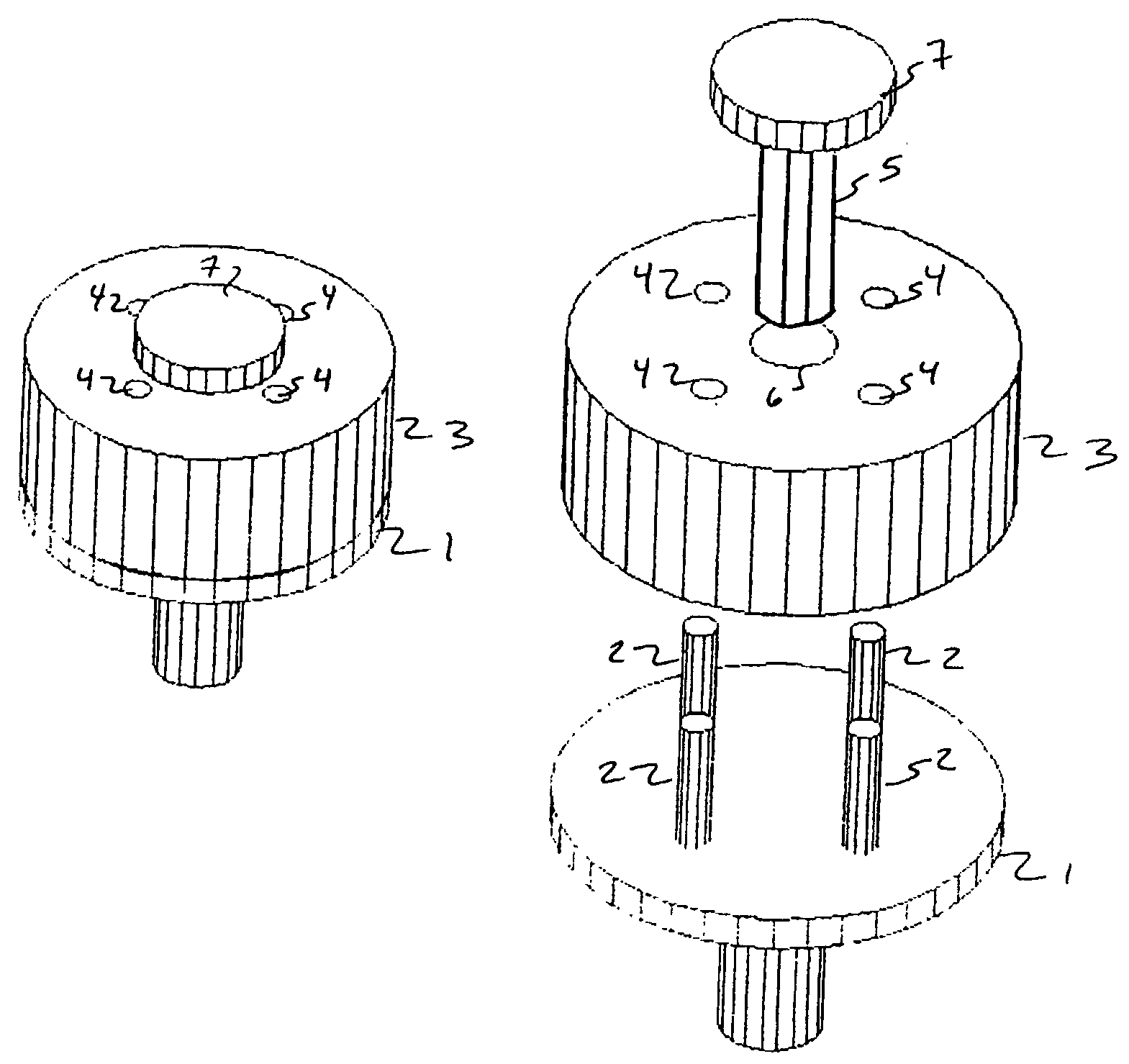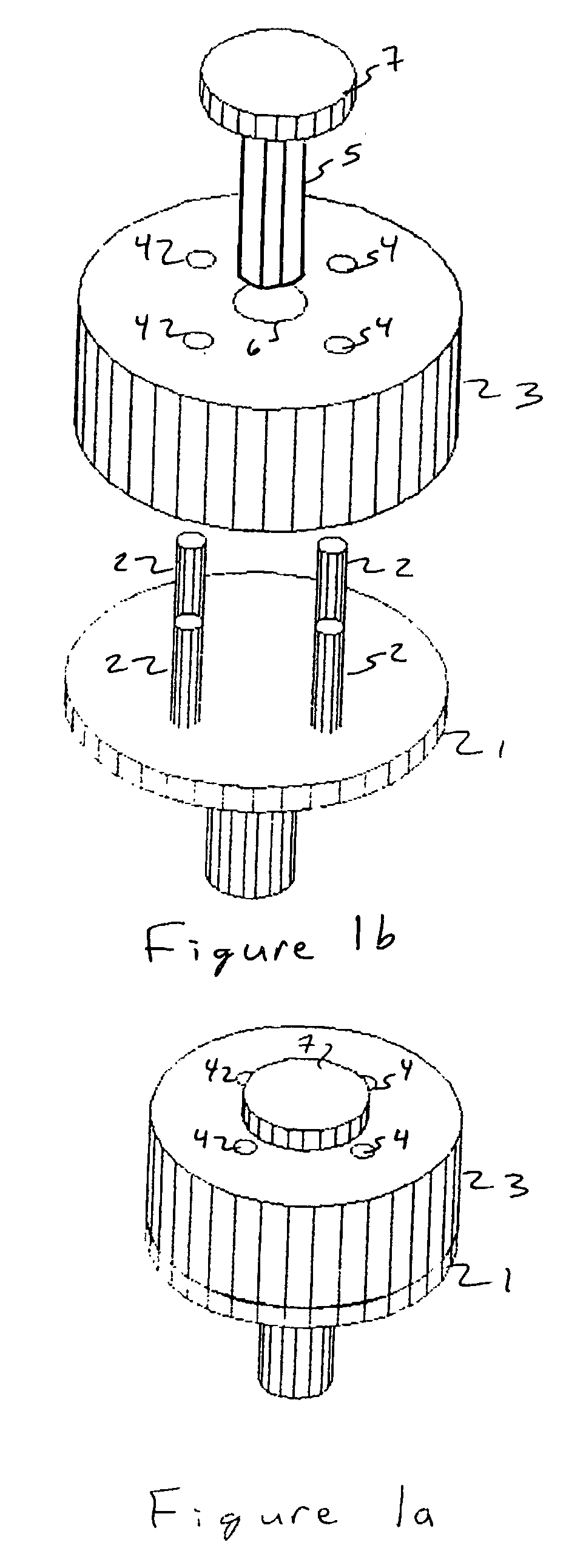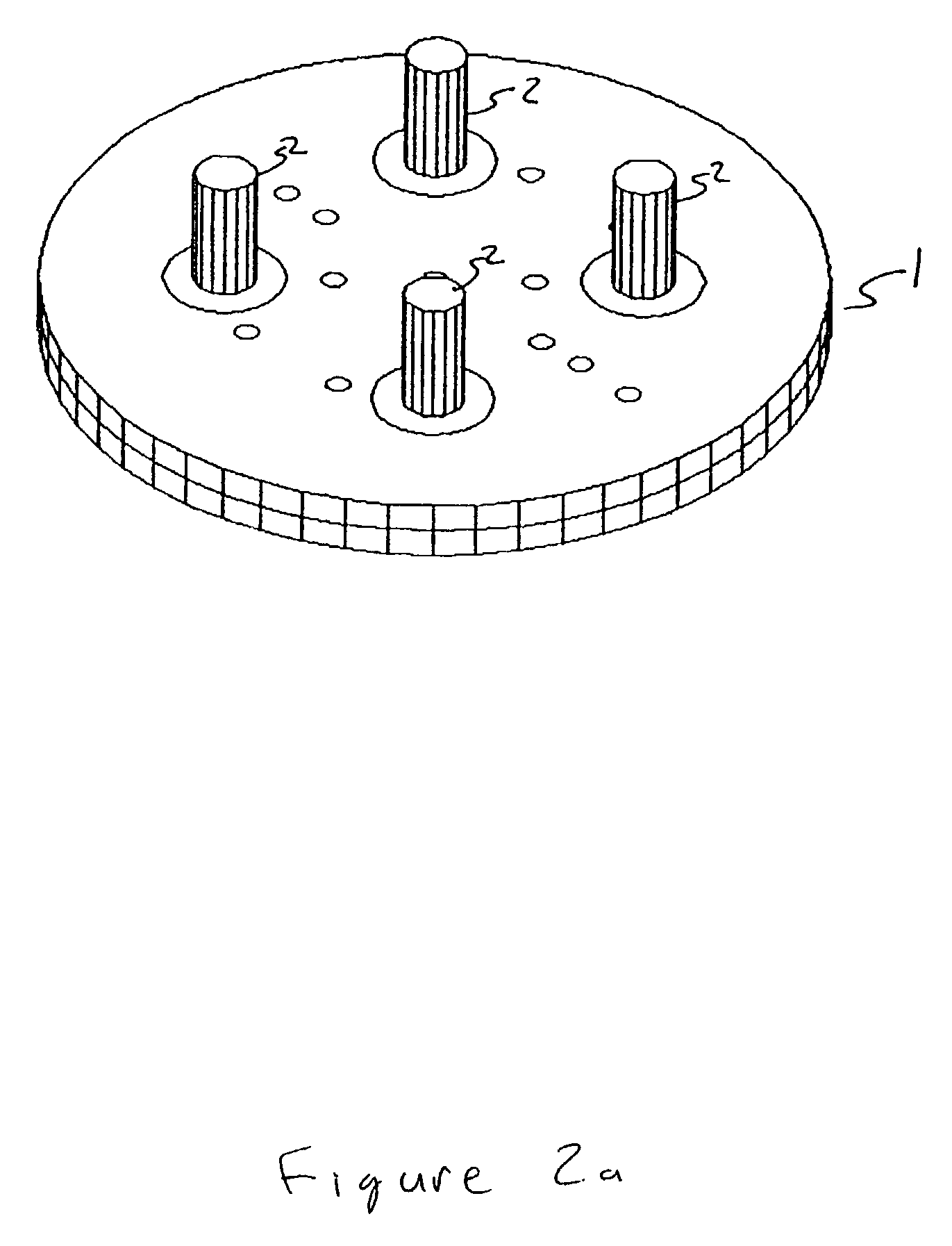Generating light from electromagnetic energy
a technology of electromagnetic energy and light, applied in the direction of discharge tube luminescnet screens, structural circuit elements, sustainable buildings, etc., can solve the problems of focusing the energy into the bulb, the construction of these mechanisms is complex, and the precision of the conventional mechanism for focusing the energy is not high enough, so as to prevent the leakage of non-visible electromagnetic energy and prevent melting or other damage to the plasma lamp
- Summary
- Abstract
- Description
- Claims
- Application Information
AI Technical Summary
Benefits of technology
Problems solved by technology
Method used
Image
Examples
Embodiment Construction
[0034]In this description, the term “non-visible electromagnetic energy” is used for electromagnetic energy outside of the visible spectrum. The invention is envisioned to operate with non-visible electromagnetic energy in the 2 to 5 GHz range, although the invention is not limited to these frequencies. Likewise, the term “light” refers to visible light, as well as to ultraviolet and infrared light.
[0035]FIGS. 1a and 1b show a device according to the invention that converts non-visible electromagnetic energy into light. FIG. 11a show the device assembled, and FIG. 1b shows an exploded view of the device.
[0036]Briefly, the implementation shown in FIGS. 1a and 1b includes a cylindrical electromagnetic resonator with a central through hole and with symmetrically displaced through holes surrounding the central through hole. The device also includes a base and probes connected to the base. The probes are placed to introduce non-visible electromagnetic energy into the resonator. The devic...
PUM
 Login to View More
Login to View More Abstract
Description
Claims
Application Information
 Login to View More
Login to View More - R&D
- Intellectual Property
- Life Sciences
- Materials
- Tech Scout
- Unparalleled Data Quality
- Higher Quality Content
- 60% Fewer Hallucinations
Browse by: Latest US Patents, China's latest patents, Technical Efficacy Thesaurus, Application Domain, Technology Topic, Popular Technical Reports.
© 2025 PatSnap. All rights reserved.Legal|Privacy policy|Modern Slavery Act Transparency Statement|Sitemap|About US| Contact US: help@patsnap.com



